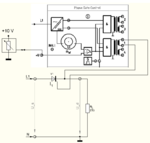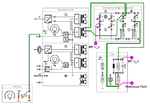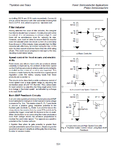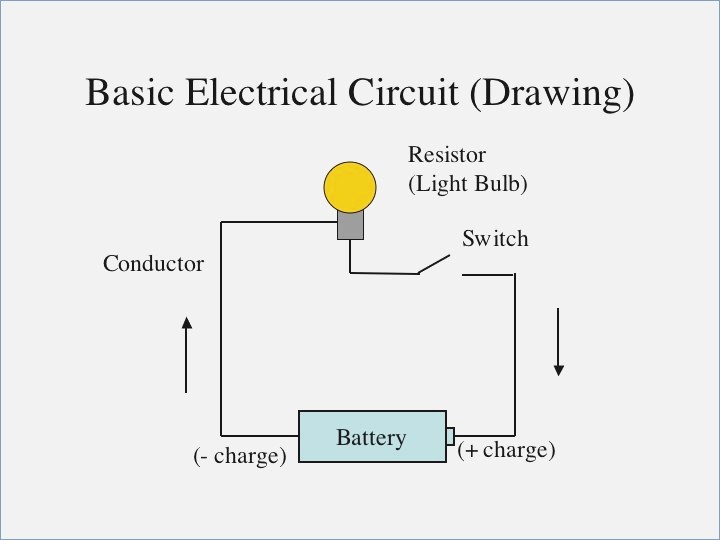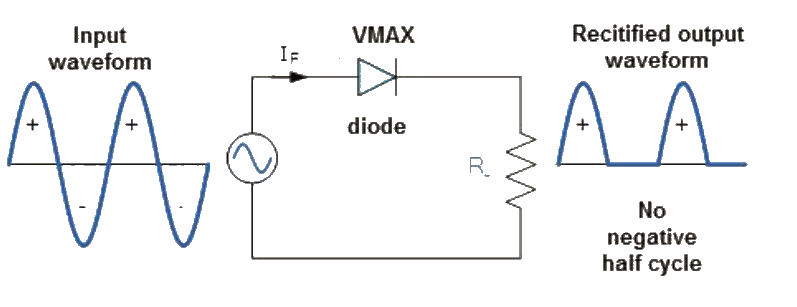eagle1109
Full Member level 6

- Joined
- Nov 20, 2014
- Messages
- 393
- Helped
- 4
- Reputation
- 10
- Reaction score
- 7
- Trophy points
- 1,298
- Location
- Saudi Arabia
- Activity points
- 5,956
Just saw your post#18. Much better now.
But I miss some important informations:
* diode type
* SCR type
* transformer output voltage
Klaus
The diode and thyristor types are generic, I'm now trying to reach a level to run the simulation successfully then I would consider the ratings of voltage and current.
Because it would be basically for simulation, there's no intention to do a PCB of this project.
This is my last simulation, it's still not working !
The triggering signal is 250mV, I know it has to be more than that but does that mean I have to add another circuit; like, a transistor to deliver more voltage to the gate ?

- - - Updated - - -
Circuit #18 will probably work in a simplified simulation circuit, less likely with real components.
Power SCR need a certain amount of trigger current that can't be provided by an analog opto coupler. For the intended phase angle control, you want to generate a trigger pulse with variable timing. Circuit #18 isn't particularly suited for this purpose.
OK what should I do ?
A versatile method to provide isolated gate signals for multi phase SCR circuits are trigger transformers. Another popular means are opto couplers with triac output like MOC3020. They can be utilized for SCR triggering with an additional rectifier diode. There are also opto couplers with SCR output like Toshiba TLP748.
OK I would consider these drivers when I know how to trigger the thyristor.
Post #1 is asking for variable AC voltage, but most of the presented circuits have DC output. You understand the difference?
I'm sorry you're right, I'm actually working on DC controllers. I have to decide on a specific route now, then I would work on another route which is AC controllers to drive AC motors.
Phase angle control isn't well suited to operate AC motors will variable speed, except for brushed "universal" motors.
oh that's new aspect to me about phase angle control ! I know that AC motors control for speed would be like using traics, then I learned that there are more sophisticated stuff like VFDs.
The term "full-wave triggering" in the thread title is misleading. It's mainly used for controllers that switch full sine waves on and off in contrast to phase angle control which is cutting part of the wave.
I'm actually trying to work and save the simulation experiments for the circuits and applications in our course manual that I put the link in #3.
The manual is divided into 6 chapters excluding the first chapter which is about the development board that is in our laboratory so it would be 5 actual chapters:
CH1: Uncontrolled Rectifier
CH2: Controlled Rectifier
CH3: AC Inverter
CH4: DC Current Converter
CH5: Inverter Circuit
I really had to put this information in the main post to explain what I want to do. I'm actually want to do all the exps in the manual in simulation.
Considering CH1 is easy because it's diodes and should work perfectly. But starting with CH2 where difficulty starts. So I'm in CH2 so going to CH3 would be a long way to finish CH2 because I now have to get a grasp on triggering techniques.
If I did all these chapters in simulation, then I would consider that I have the basic idea about power electronics.






